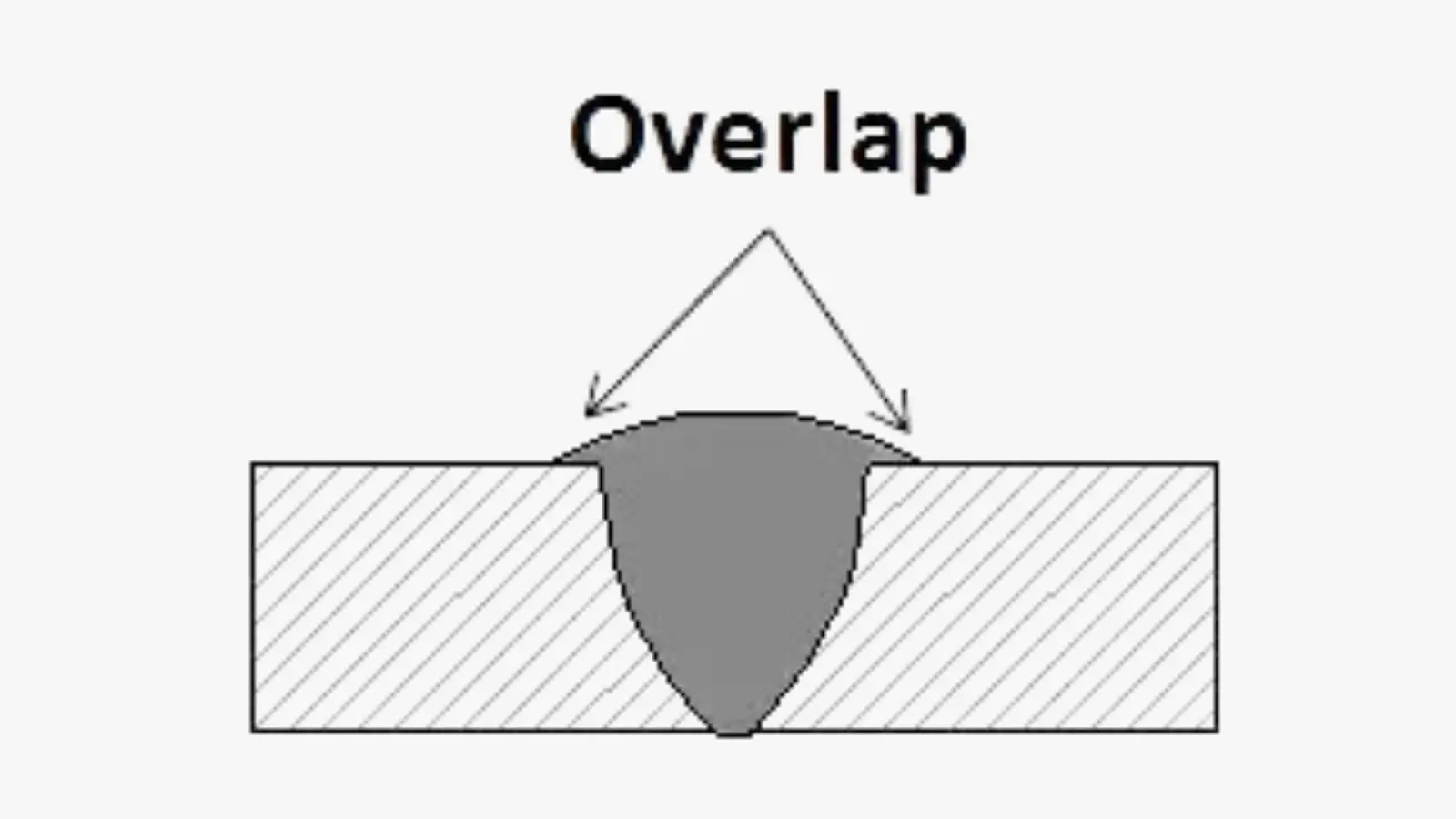Your Total Manual to Preventing Weld Undercut Like a Pro
Your Total Manual to Preventing Weld Undercut Like a Pro
Blog Article
A Comprehensive Overview to Identifying, Stopping, and Dealing With Undercut Welding Troubles in Your Welding Tasks
In the realm of welding, coming across undercut issues is a common obstacle that can endanger the structural integrity and overall quality of your welding projects. Understanding the origin behind undercut welding, being able to accurately identify it in your welds, and executing effective preventative steps are important abilities for any welder. Furthermore, having the expertise and methods to remedy undercut problems when they do occur can make a considerable difference in the last end result of your welding undertakings. Remain tuned as we explore the necessary components of identifying, stopping, and fixing undercut welding troubles, supplying you with important understandings and approaches to raise your welding skills to the following degree.
Typical Reasons of Undercut Welding
Undercut welding, an usual concern in welding processes, can be created by numerous elements that need to be meticulously recognized and dealt with to ensure the honesty of the weld joint. Among the main sources of undercut welding is extreme warmth input. When the welding parameters, such as voltage, present, or travel rate, are not correctly set, an extreme amount of warm can be created. This excess warm results in the melting and succeeding removal of the base material along the sides of the weld joint, developing a groove understood as undercut.
One more common reason for undercut welding is inappropriate welding method. Insufficient adjustment of the welding lantern or gun, inaccurate angle or range between the torch and the work surface, or inconsistent travel speed can all add to the formation of undercut. In addition, using the incorrect welding consumables or electrode dimension for a specific joint setup can cause undercut issues. Recognizing these origin causes and implementing restorative actions is vital in stopping and correcting undercut welding problems in welding projects.
Identifying Undercut in Welds

To recognize undercut properly, appropriate lighting and magnifying devices are crucial to check the weld joint thoroughly. Using tools such as a welding scale or a magnifying glass can aid in detecting also the tiniest undercut blemishes. In addition, running a finger or a finger nail along the weld joint can often disclose undercut, as the surface might feel uneven or have a dip where the undercut exists.
Preventative Steps for Undercut
Having a deep understanding of the reasons of undercut in welds allows for the application of efficient preventative actions to maintain weld high quality and integrity. These settings must be maximized to prevent extreme warm input, which can lead to undercut development.

Techniques for Fixing Undercut

To resolve undercut concerns effectively, welders can use certain strategies description aimed at remedying the flaw and bring back the honesty of the weld joint. One technique is to readjust the welding parameters, such as the voltage, existing, and take a trip speed, to ensure appropriate warmth input and fusion. Increasing the welding present or lowering the traveling rate can assist load in the undercut. Additionally, altering the welding method from a press to a drag or vice versa can additionally help lessen undercut.
Another technique is to use a weaving activity while welding to guarantee appropriate sidewall blend and fill in the undercut. By oscillating the welding arc from side to side within the weld joint, the welder can deposit extra filler product into the undercut locations, properly eliminating the problem.
Moreover, grinding out the undercut and rewelding the joint can be a feasible remedy for more severe undercut concerns - Preventing weld undercut. This process involves getting rid of the undercut area, preparing the base metal, and after that rewelding the joint with proper welding criteria and methods to avoid undercut from reoccurring

Expert Tips for Preventing Undercut
Making use of correct welding techniques and keeping control over crucial welding specifications are vital techniques for welders aiming to avoid undercut in their weld joints. Furthermore, picking the suitable welding procedure and filler metal for the details application can aid stop undercut. Keeping a constant traveling rate during the welding process is an additional vital tip to stop undercut.
Conclusion
Finally, identifying, stopping, and fixing undercut welding troubles in your welding projects is important for ensuring resilient and strong welds. Preventing weld undercut. By understanding the usual root causes of undercut, being able to recognize it in welds, carrying out preventative measures, and using proper techniques for repairing undercut, you can prevent potential problems and create premium welds. Following specialist tips for avoiding undercut can aid you boost your welding abilities and create far better results in your tasks
Undercut welding, my website a typical concern in welding processes, can be caused by numerous variables that need to be very carefully identified and resolved to make certain the honesty of the weld joint. Furthermore, running a finger or a fingernail along the weld joint can sometimes reveal undercut, as the surface area may really feel irregular or have a dip where the undercut exists.
Utilizing correct welding techniques and maintaining control over vital welding criteria are vital techniques for welders aiming to avoid undercut in their weld joints.In verdict, determining, stopping, and taking care of undercut welding problems in your welding jobs is essential for making certain solid and long lasting welds. By recognizing the common causes of undercut, being able to determine it in welds, carrying out preventive procedures, and utilizing appropriate strategies for fixing undercut, you can prevent prospective issues and develop high-quality find welds.
Report this page